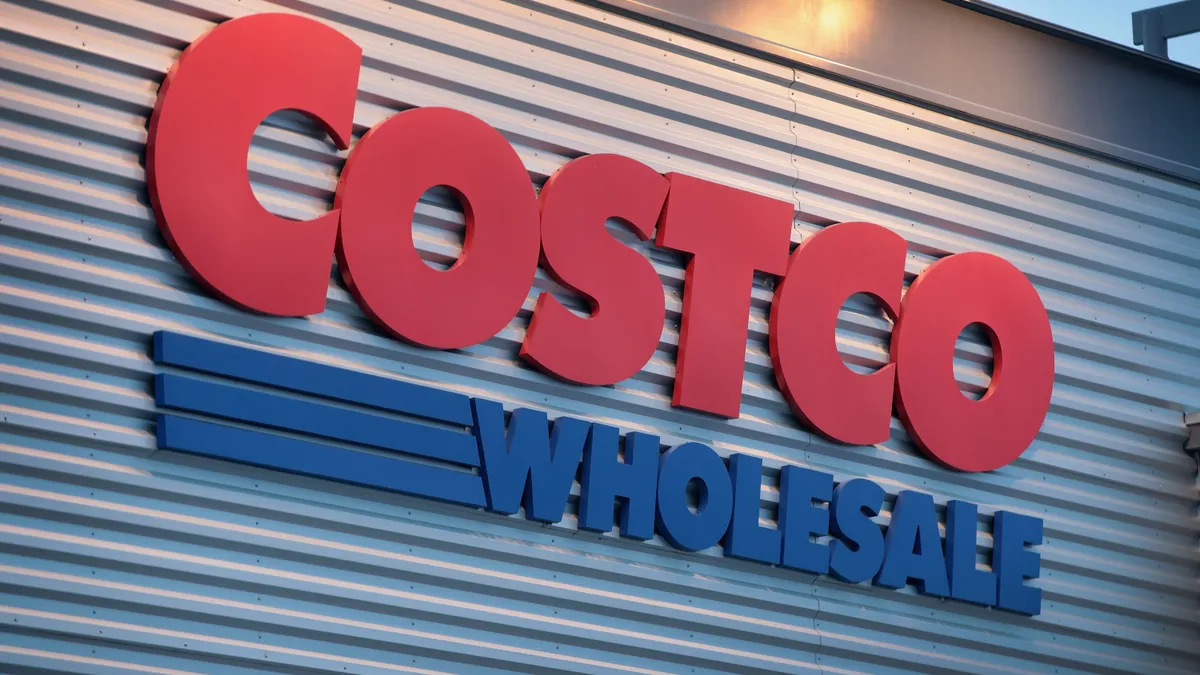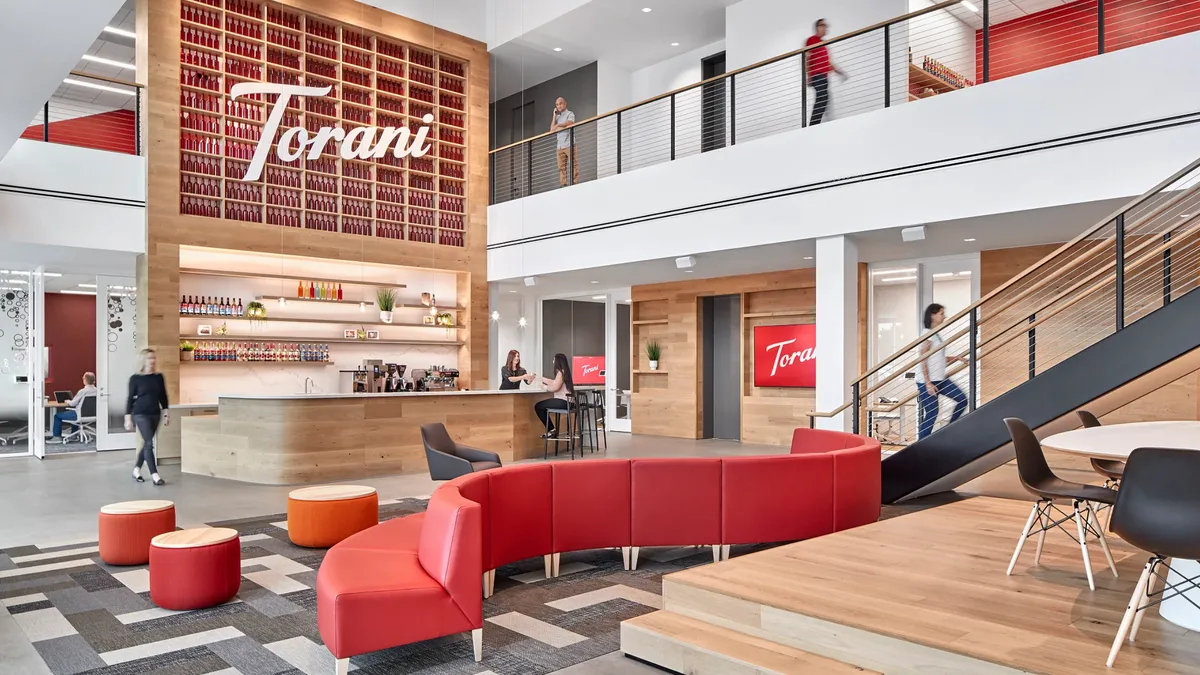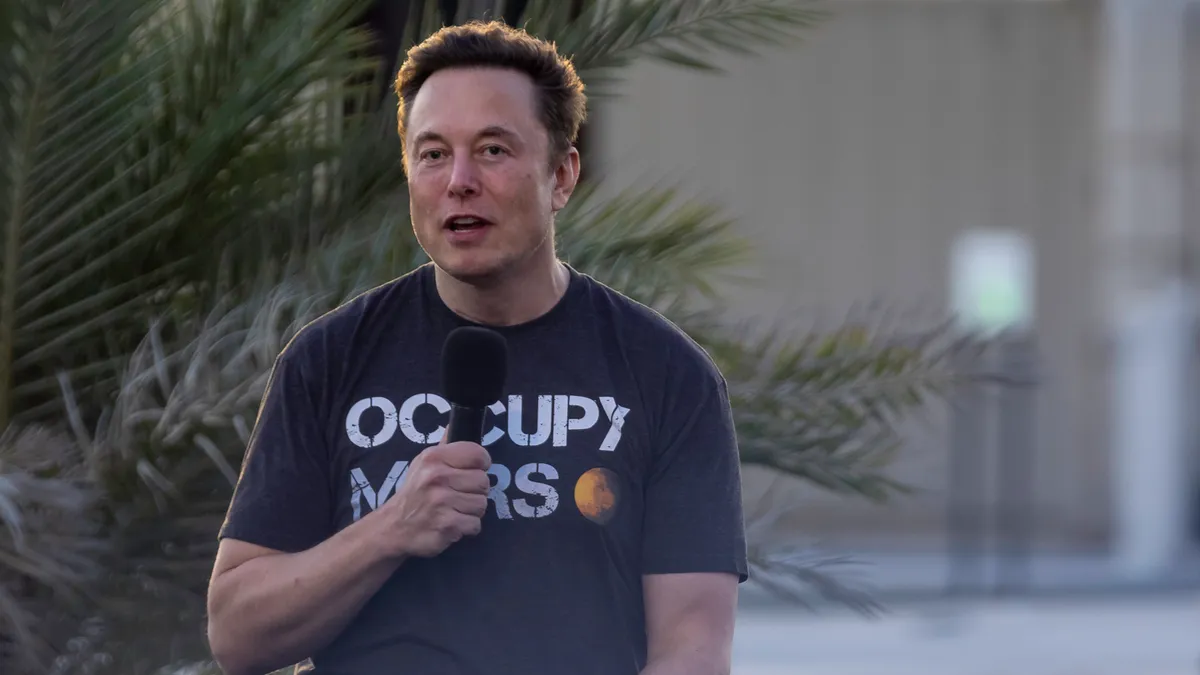Editor’s Note: In this Employee Experience column, HR Dive reporter Caroline Colvin discusses the complexities of “National Walk to Work Day,” which falls on the first Friday of every April.
Some personal news: I’ve been walking more. Running 5 km/hour on the treadmill may be kids’ stuff for people further in their fitness journey, but this baby gym shark is gladly reaping the benefits of commuting on foot. And since April 7, 2023, is National Walk to Work Day — and I’ve been strongly encouraged to return to the office twice a week — I’ve flirted with the idea of walking to work.
The delusion wears off when I compare a 40-some-minute commute or a 20-some-minute rideshare drive to a walk down the main artery between Washington, D.C. and Maryland that will take at least two hours and eight minutes.
And that just might be the problem with National Walk to Work Day: Since its inception in 2004, walking to work has become increasingly unreasonable across the U.S.
By no means am I anti-walking. The iPhone’s gamified pedometer — with its bursts of sparks as I “close my circle” and then some, and its hefty NFT-like digital medals as rewards — has me in a chokehold. Meanwhile, I feel a strong affinity with the agency behind the holiday, the American Podiatric Medical Association. (The California branch of the APMA is often mentioned as an agency affiliated with the holiday, along with the U.S. Department of Health and Human Services.) I took up ballet as my main form of fitness in 2022, and having strong feet has made walking less uncomfortable for me.
But, I know that walking to work — or anywhere — from home is just not that simple for most Americans.
work outfit log: march 7, 2023 pic.twitter.com/wQ6d3ECVPy
— caroline (they/them) ⭒ (@bigbosscaro) April 6, 2023
This is a truth that my colleagues at Smart Cities Dive have excavated in various ways. In January 2023, Smart Cities shared a report confirming that locales such as Boston, D.C., New York City, Portland, Oregon, and Seattle are walkable. They are also deeply unaffordable. Our sibling Dive also reported that U.S. cities are less walkable than cities abroad — something I can cosign having lived in England and Germany, and having visited France, Ireland, Italy, Japan and Scotland.
So if you do happen to live in the U.S. and don’t live in one of these metropolitan areas, is commuting by foot a complete bust?
For National Walk to Work Day, one sustainability advocate suggested something that I have done by pure accident when I get distracted by comedy podcasts, true crime docs or juicy books on the bus and miss my stop: Take wheels to a spot that’s a little bit farther than your office, and thereby increase your walking time.
“Do you take the bus or subway? Get off a stop or two earlier or walk a stop further before boarding,” climate-conscious electricity firm JustEnergy suggested. “Or if you drive, see if there is a place where you can park 15 minutes from your office to cut down your drive time and get your feet on the street.”
The patron saints of walking to work, also known as the California chapter of the APMA, cited biking instead of driving as a way to celebrate the walking holiday; the experts also said that taking the stairs instead of the elevator also counts. If walking to work in any capacity is unsafe, take an intentional walk to a lunch spot, JustEnergy added.
Whether it’s safe to commute to work on foot is a consideration that should be at the forefront. This issue unfortunately pops up in Smart Cities’ coverage often: From January to June 2022 alone, the Governors Highway Safety Association counted 3,434 people killed by vehicles. That’s about 19 people a day in a six-month period — a 5% increase from the year prior.
In general, pedestrian deaths have risen: 52% from 2012 to 2021, a GHSA official told Smart Cities Dive. In response to the crisis, the U.S. Department of Transportation allocated $800 million in awards from the Safe Streets and Roads for All grant program.
“By making walking, biking, and taking transit safer for the millions of Americans who do so every day, we can make the U.S. healthier, more prosperous, and resilient,” a director at the National Association of City Transportation Officials said in a statement. Funding for this round went to Charlotte, North Carolina; Detroit, Michigan; and San Antonio, Texas — as well as Fayette County, Iowa, and the greater Tampa Bay area — in order to make commuting on foot or by bike more of a reality for talent in those locations.
Rep. Earl Blumenauer (Ore.-3) and Rep. Jamie Raskin (MD-8) just proposed the Sarah Debbink Langenkamp Active Transportation Act a few weeks ago. The act is named after a woman who was struck and killed by a truck while biking in Bethesda, Maryland, a town I’ve called home for more than a decade. The bill aims to secure full federal funding for state-led bike and pedestrian safety projects.
As I perused resources from climate conservationists, foot doctors and urban planners alike, I realized therein was a holistic call to action. As is the case with most affinity months or visibility holidays, the goal is to build more mindfulness into your daily practice. And of course, the infrastructure to support your mindfulness practice makes all the difference.
No, I do not walk two hours minimum to get to work every time. I take the WMATA train to the closest Metro stop, which is a 13-minute walk to the office. When I first visited Industry Dive’s D.C. office in 2021, the walk was challenging. Not only was I drenched in sweat, with my fancy adult-job clothes melting to my body in the concrete jungle heat, but my inflamed joints and cranky fascia were still getting accustomed to a non-sedentary, post-quarantine lifestyle.
Now that I do often walk to work — and on the treadmill, and on demi-pointe, and everywhere, as much as possible — I have the capacity to actually enjoy the sunlight, the tulips and daffodils, the strange stickers on lamp posts, and hole-in-the-wall restaurants tucked into pale brick corners that I can discover on my commute.
My living and work situations together may not be the most walkable, but I’m grateful for what I do have and that I am learning to make the most of it.






















